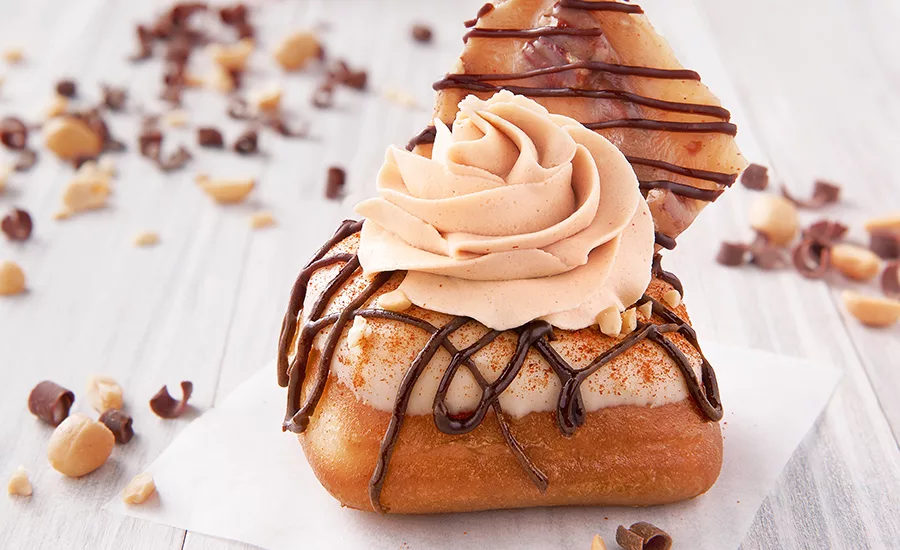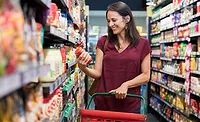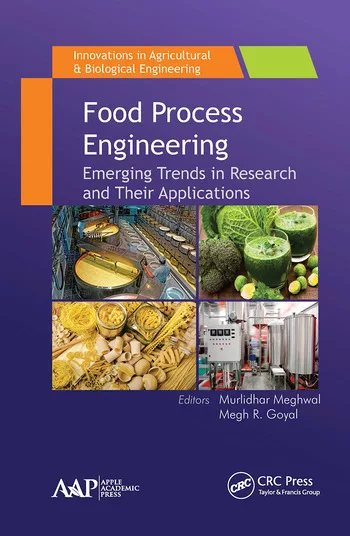Nuts & Bolts
Dawn Foods reveals their flavor trend predictions for 2022

$20.7 In billions, this is the amount of North American sales of chocolate annually—No. 2 in the market globally.
33 Percentage of consumers using functional food and beverages daily as a result of the pandemic.
Source: Dawn Foods 2022 Flavor Trends Report. Photo courtesy of Dawn Foods
According to bakery ingredients supplier Dawn Foods’ “2022 Flavor Trends Report,” identified from research, culinary and category insights in 2021, consumers are looking for all things chocolate, upgraded comfort, more sensorial tastes, immune boosts, coffee and tea, and global inspiration.
The report shows that 71% of North American consumers want to try new chocolate flavors, including black cocoa, gold chocolate and ruby chocolate, which are followed by the old standbys: milk and dark chocolate.
Driven by the COVID-19 pandemic, consumers want everything comfort related, including treats that are familiar but now with a twist. These flavor considerations include s’mores, classic soda flavors, birthday cake, PB&J, cookies ’n cream, butterscotch, cotton candy, cookie butter and salted caramel. The report finds that 72% of North American consumers agree that treats are an important part of life to deliver emotional well-being.
Consumers want to intensify their sensorial experience when eating sweets with ingredients like cayenne pepper and whiskey, the latter of which has seen a 15% menu growth over the past four years, according to the data they have studied.
The report also shows that 60% of global consumers are looking for products that support their immune health during the COVID-19 era, representing a trend of more people seeking out products with great tastes and functional ingredients like citrus fruits, turmeric and ginger. Other flavor considerations are apple cider vinegar and green tea.
Speaking of tea, the report reveals that tea flavors such as lavender, lemon, floral, chai and pumpkin are being infused into desserts more often as well as coffee flavors such as latte, mocha and espresso. There has been a 57.9% four-year menu growth for lavender; 27.8% four-year menu growth for chai; and 21.7% four-year menu growth for latte.
Finally, new tastes and ingredients from global ethnic cuisines are growing among consumers, including flavors such as moringa, mochi, ginseng, turmeric, ginger, cacao, yuzu and matcha. About 33% of consumers eat ethnic cuisine at least once each week and nearly a third are willing to pay more if it is authentic, according to the report.
“What makes raslysation unique is the technology´s ability to treat opaque liquids without being able to shine the light into the liquid.”
—Rasmus Mortensen, founder and CEO, Lyras
Looking for a reprint of this article?
From high-res PDFs to custom plaques, order your copy today!







